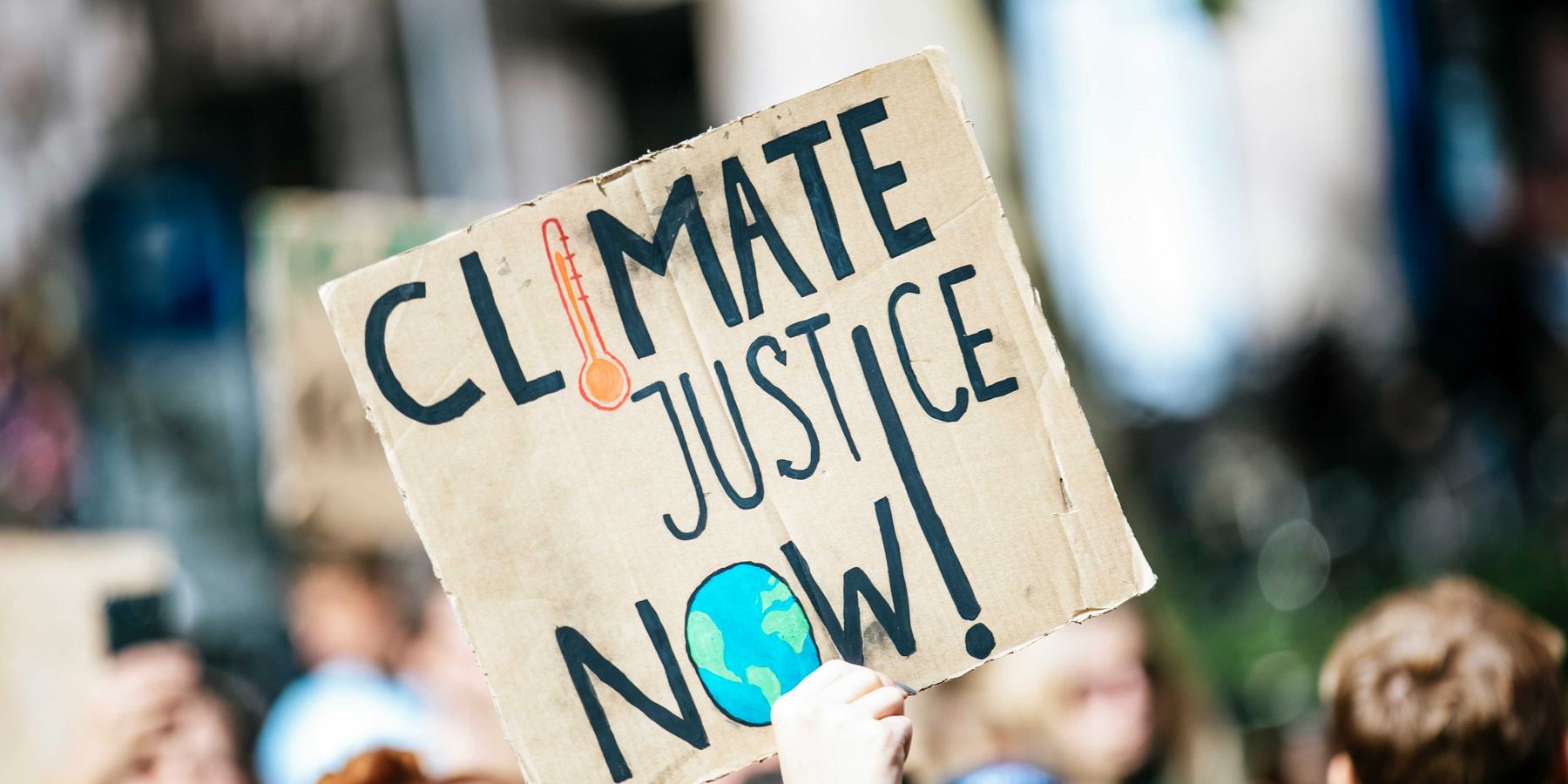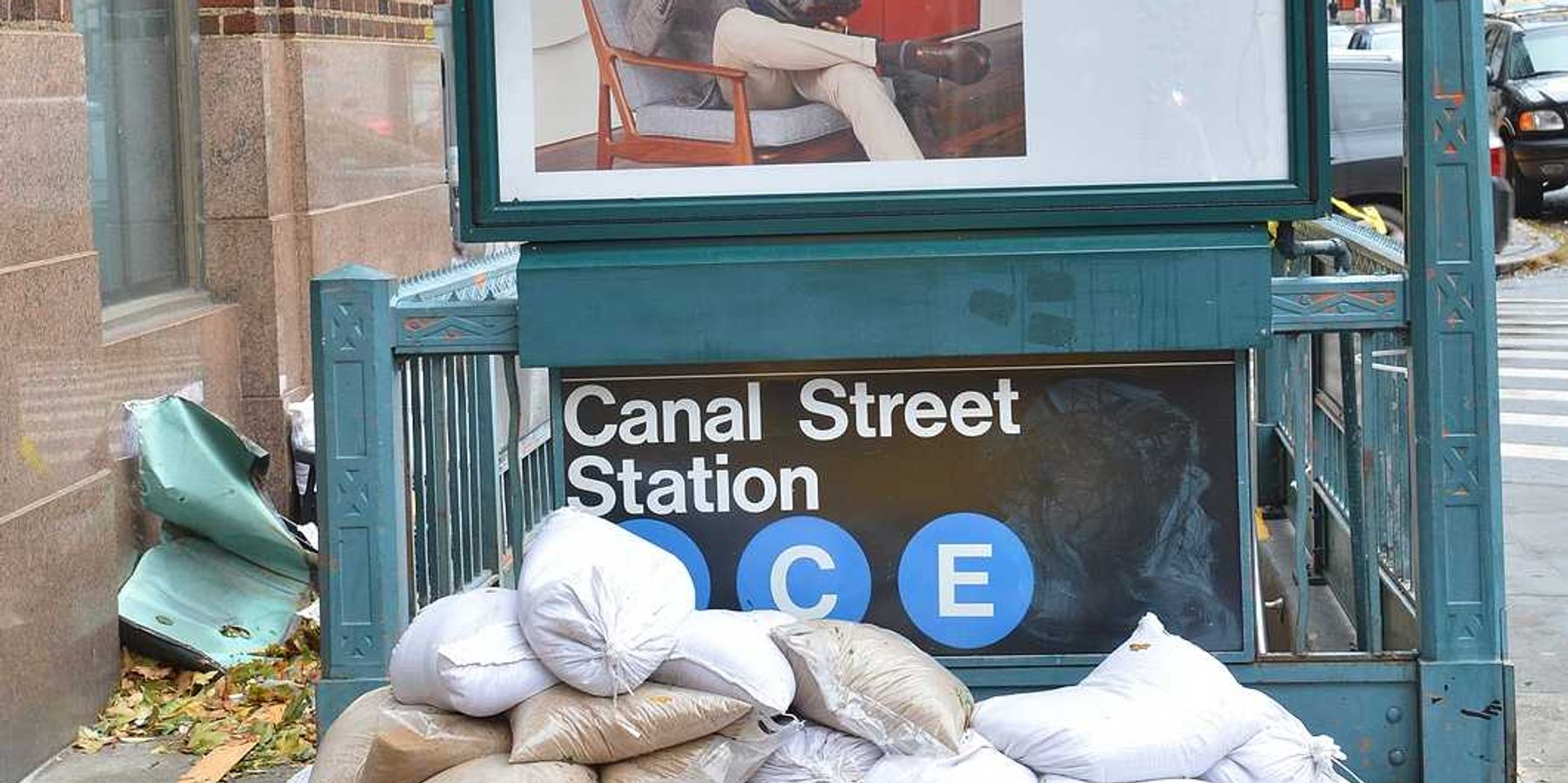Trump pushes coal as energy demand grows, despite its decline
President Trump plans to boost coal use by promoting it as a backup energy source, even as economic and environmental factors drive its decline in the U.S.
Austyn Gaffney and Mira Rojanasakul report for The New York Times.
In short:
- President Trump declared a national energy emergency and suggested coal as a backup energy source for new power plants, citing concerns about energy infrastructure vulnerabilities.
- Despite these proposals, coal use in the U.S. has plummeted, with only 206 coal plants supplying 16% of the nation’s electricity in 2023, as renewables and natural gas prove cheaper.
- Experts and data predict further coal plant retirements and see renewables, natural gas and battery storage as better solutions for meeting future energy demands.
Key quote:
“Coal is fundamentally uneconomic. Any need that isn’t met by wind or solar or battery storage will for the most part be met with natural gas, and coal will still be a distant fourth resource in that mix.”
— Sean O’Leary, senior researcher at the Ohio River Valley Institute
Why this matters:
The global reliance on coal is deeply entrenched, with some regions continuing to invest in coal-fired power plants despite international pledges to reduce emissions. Advocating for expanded coal use poses a stark challenge to these commitments, potentially locking in decades of carbon-intensive energy production. This could undermine advancements in renewable energy technologies like solar and wind, which are becoming increasingly cost-competitive and efficient.
Learn more: Coal plants delay closures as demand for electricity rises













